This project is an effective way to teach students about abstract art in relation to the more common observational drawing skills students usually associate with art. The idea comes from a work by Theo Van Doesburg called Abstraction of a Cow. However, this exercise goes one step beyond this work by having the students practice abstraction in multiple mediums.
The Model
Students can choose any model or subject matter, as long as the source is somewhat realistic and not already abstract. For my own version, I used a 12-in plastic dinosaur model. The important part is that the student is drawing from a physical object and not a photograph.

Drawings
The drawings are made in as many steps as the student wants, but four is a good number at a minimum. The first drawing is a graphite drawing with accurate proportions and shaded details. The second is a simplified version of the graphite drawing where shapes become more blocky.
The third drawing is where the abstraction starts to appear highly geometric. Here a mixture of primary and model accurate colors are used. The final drawing becomes a full fledged abstraction, where the original model is merely referenced and not perceivable without prior hints. This is where a student will understand that abstract styles like De Stijl are not random or any lesser forms of artwork.
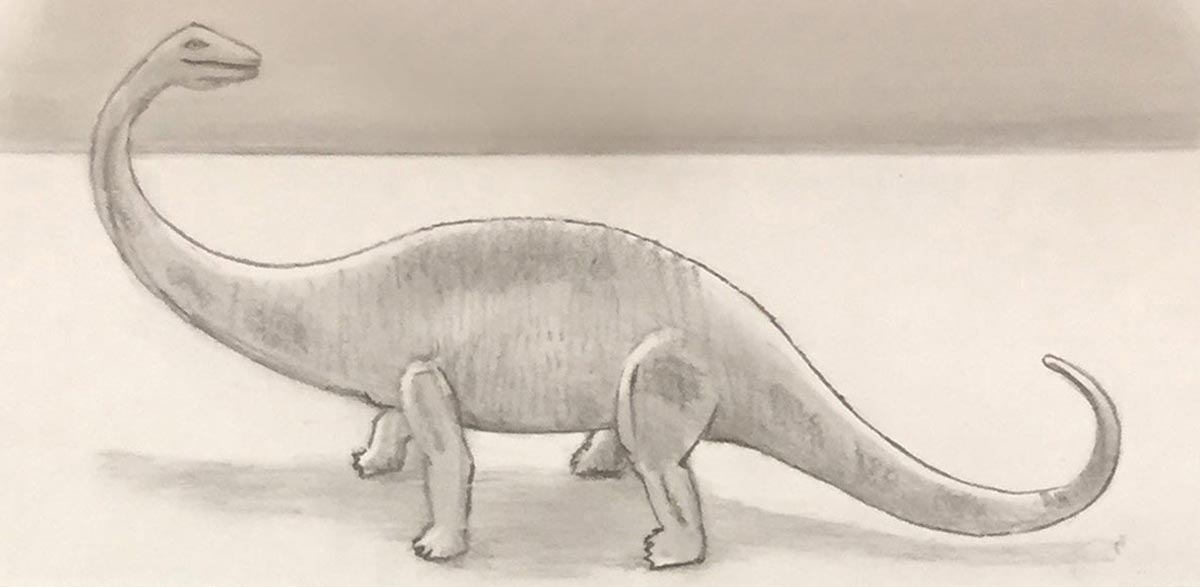

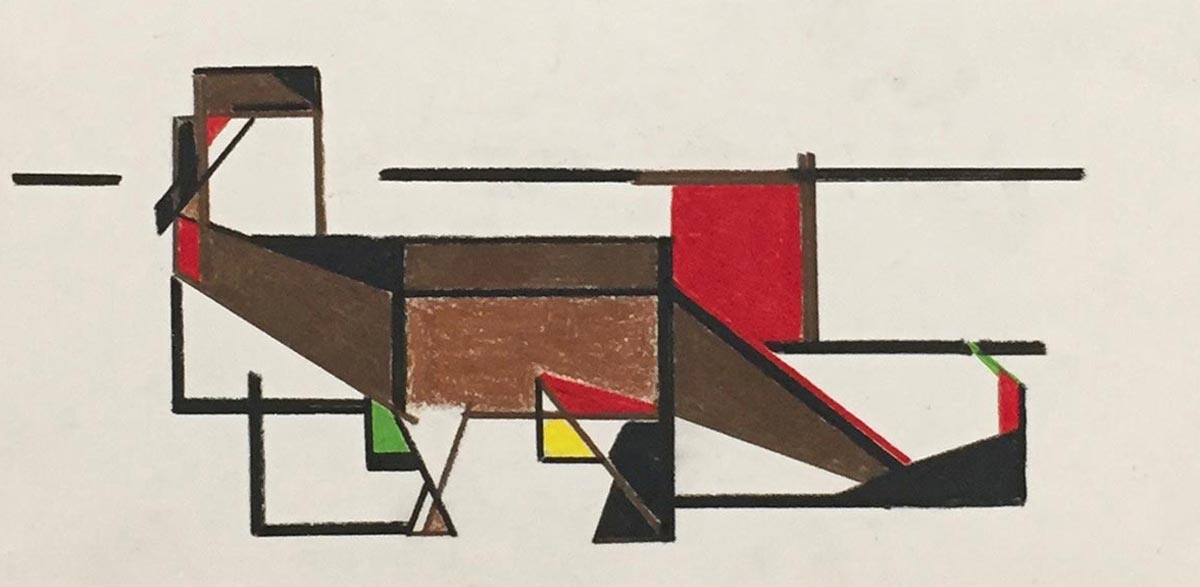
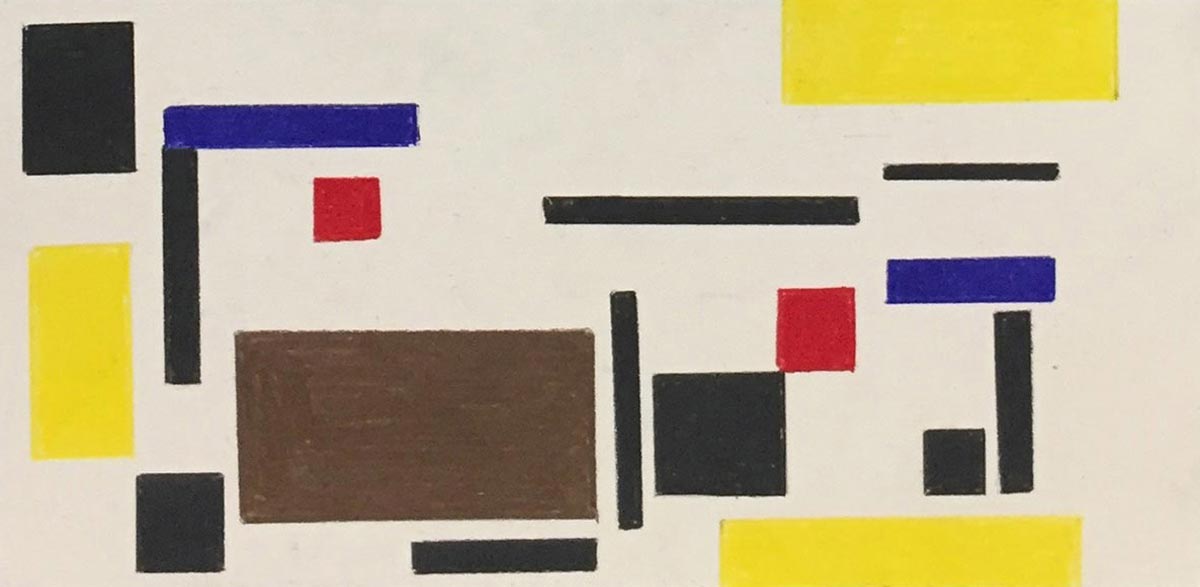
Once students have drawn all their steps, mounting them in a sequence helps drive the transformation home.
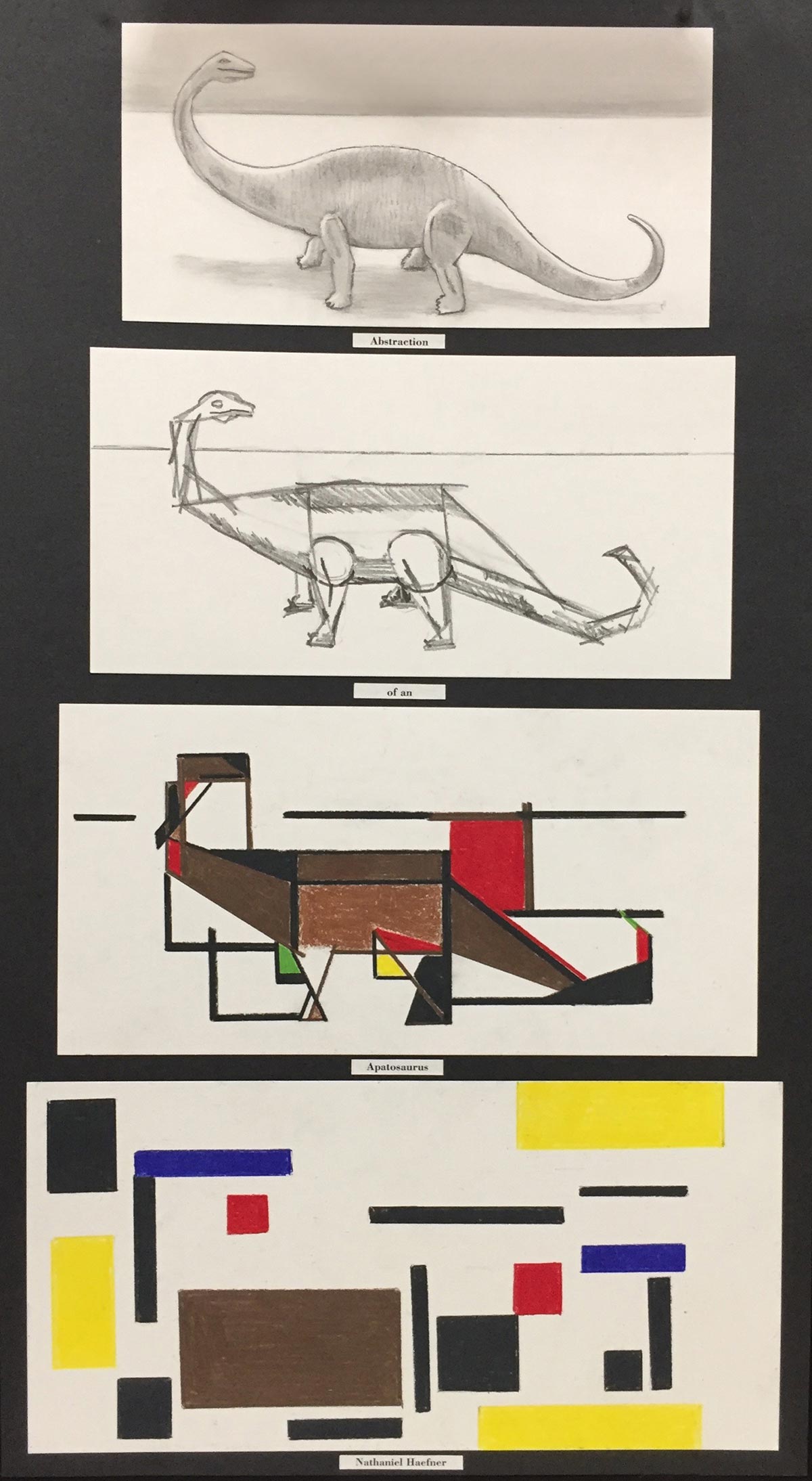
Wire Sculpture
The final step in the abstraction project is in another medium. Students will use wire to recreate their model at any stage they choose. This can be more realistic, semi-abstract, or fully abstract.
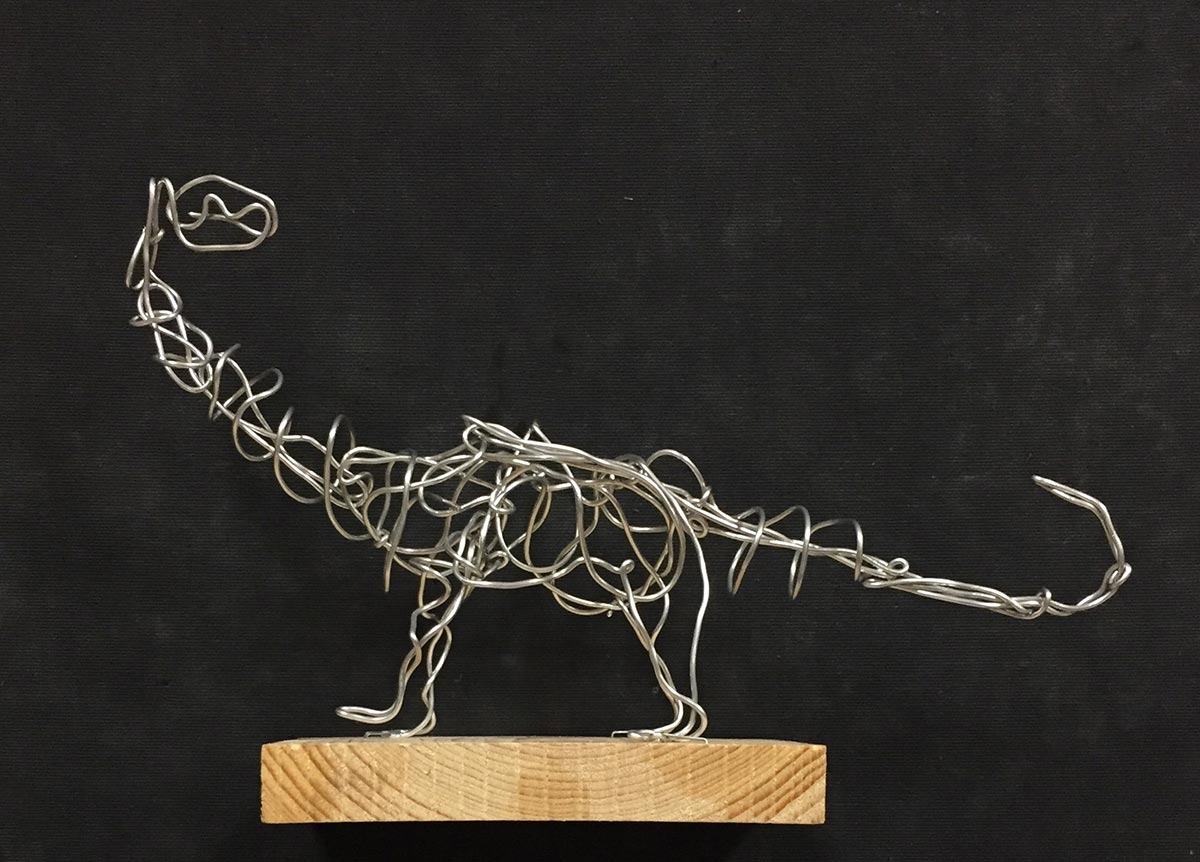
The project should take just a few class sessions, but covers a lot of ground when discussing abstract art. Students will likely give a wide variety of answers when asked which stage they find the most beautiful or most difficult to create.